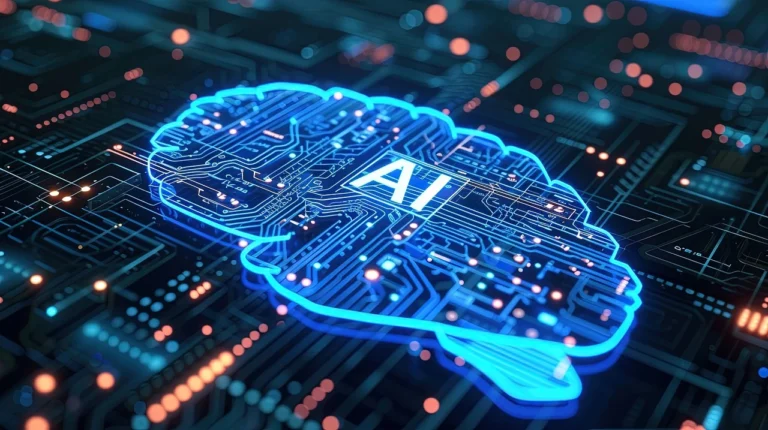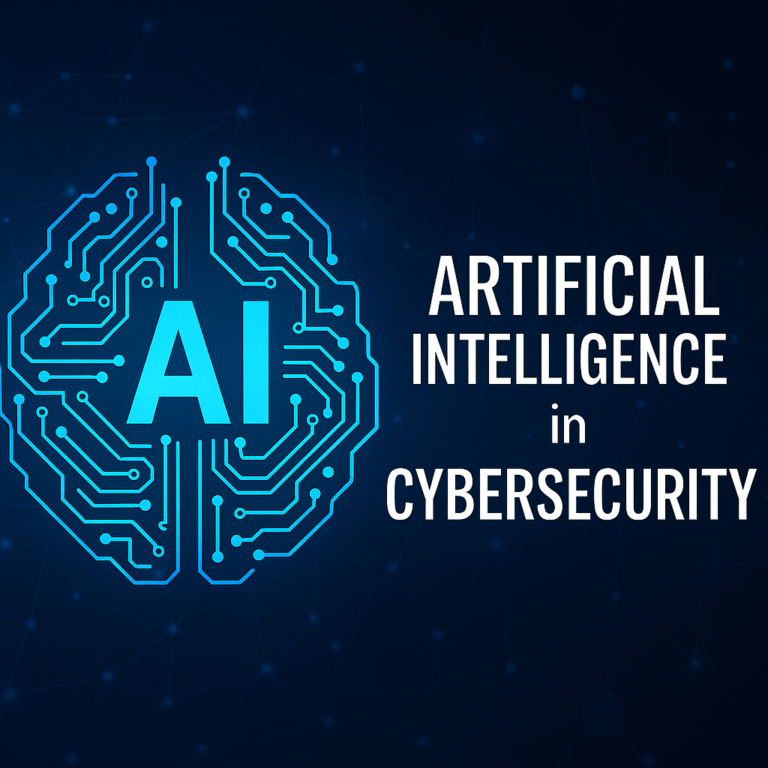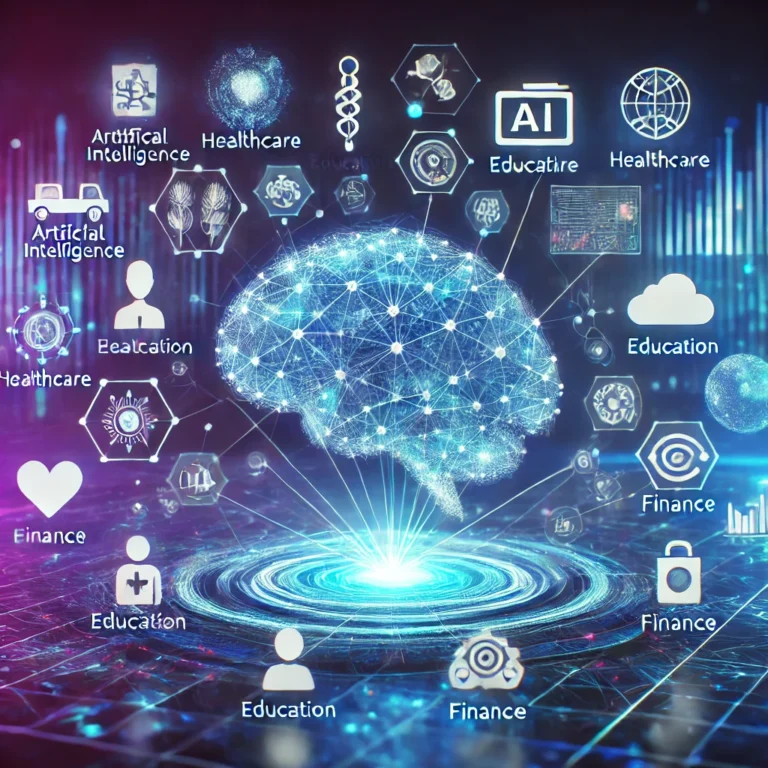Top AI Tools You Should Know in 2025
Introduction to AI Tools
AI tools 2025, Artificial intelligence (AI) tools refer to software applications and platforms that leverage AI technologies to perform tasks traditionally requiring human intelligence. These tools span various functionalities, including natural language processing, machine learning, and data analytics, enabling businesses and individuals to automate processes, gain insights, and enhance decision-making capabilities. As we approach 2025, the importance of AI tools is becoming more pronounced across multiple sectors.
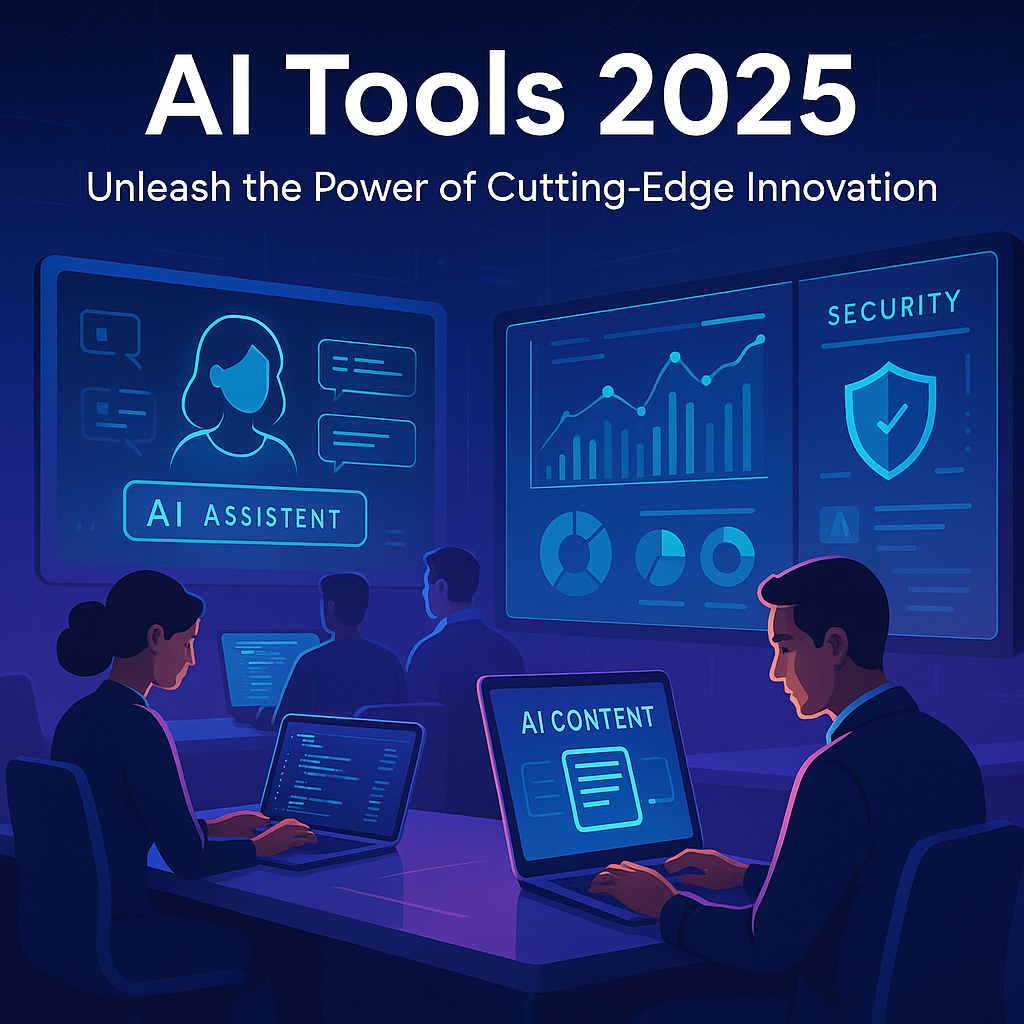
In industries such as healthcare, AI tools are revolutionizing patient care through predictive analytics and personalized treatments. For instance, machine learning algorithms analyze patient data to predict health risks and recommend preventative measures, thereby improving outcomes. In finance, AI is transforming risk assessment and fraud detection processes, allowing institutions to make more accurate predictions and streamline operations. The marketing sector similarly benefits from AI tools by harnessing consumer data to create targeted advertising campaigns and optimize customer engagement strategies.
The rapid advancement in AI technology suggests a future where reliance on AI tools will be even more significant. As companies adopt these technologies to enhance productivity and reduce operational costs, employees will need to adapt to remain competitive in the job market. Understanding how to use AI tools effectively will become a critical skill, making it increasingly important for professionals to stay informed about the latest developments in this field.
As we explore the landscape of AI tools in 2025, it is essential to recognize their current impact as well as their potential to shape industries. Keeping abreast of these innovations can provide individuals and organizations with a strategic advantage, empowering them to harness AI capabilities and drive success in their respective domains. The discourse surrounding AI tools is pivotal for anyone looking to navigate the ever-evolving technological landscape.
Emerging AI Trends in 2025
As we approach 2025, several key trends are shaping the AI landscape, driving the development of tools that are not only more powerful but also increasingly user-centric. One significant trend is the advancement of automation technologies. Businesses are adopting AI solutions to streamline operations, increase efficiency, and reduce costs. Automated processes enable organizations to capitalize on data analytics and optimize decision-making. Consequently, these AI tools allow for a higher degree of productivity, making it essential for companies to stay ahead of the curve in the rapidly evolving technological environment.
Another pivotal trend is the evolution of natural language processing (NLP), which continues to revolutionize how humans interact with machines. In 2025, we can expect AI tools equipped with more sophisticated NLP capabilities, allowing them to understand context, sentiment, and even nuances in conversation. This progression enhances user experience by enabling smoother, more intuitive communication between humans and AI systems. As NLP improves, we anticipate wider adoption of chatbots and virtual assistants that can engage in meaningful dialogue, ultimately bridging the gap between users and technology.
Furthermore, advancements in machine learning are accelerating the creation and refinement of AI tools. Enhanced algorithms and increased computing power let these tools learn from vast data sets and adapt over time. This continuous learning capability means that AI solutions will become more tailored and responsive to user needs, facilitating personalized experiences. As businesses increasingly leverage these solutions, the demand for technical expertise in machine learning will grow, making it a critical area for both individuals and organizations looking to harness AI’s full potential.
Finally, ethical AI practices are gaining prominence as organizations recognize the importance of responsible AI development. Companies are investing in transparent and fair AI systems that prioritize user privacy and security. This shift towards ethical considerations is influencing the design of AI tools, ensuring that they operate within established guidelines and foster trust among users. Collectively, these emerging trends in automation, natural language processing, machine learning, and ethical practices are reshaping the AI landscape, rendering tools more accessible and usable for a broader audience by 2025.
Top AI Tool #1: Advanced Machine Learning Platforms
As artificial intelligence continues to evolve, advanced machine learning platforms have emerged as indispensable tools for businesses and organizations aiming to leverage data for strategic decision-making. These platforms primarily focus on automating data analysis processes, enabling users to extract valuable insights with minimal manual intervention. In 2025, the capabilities of these machine learning solutions have expanded to include predictive analytics, real-time data processing, and extensive customization options to cater to diverse industry needs.
At the core of these platforms is the ability to identify patterns and trends within large datasets, which allows organizations to make informed decisions based on historical and predictive data. For instance, platforms like TensorFlow and PyTorch stand out due to their robust frameworks that facilitate deep learning and neural network construction. They provide tools for various applications, from natural language processing to image recognition, demonstrating their versatility across different sectors.
Additionally, machine learning platforms like Microsoft Azure Machine Learning and Amazon SageMaker are designed with user-friendly interfaces, offering guided workflows for selecting algorithms, feature engineering, and model deployment. These cloud-based solutions not only reduce the cost and complexity of managing machine learning environments but also enhance collaboration among data scientists. Their ability to integrate seamlessly with other software tools enhances their role in data-centric operations.
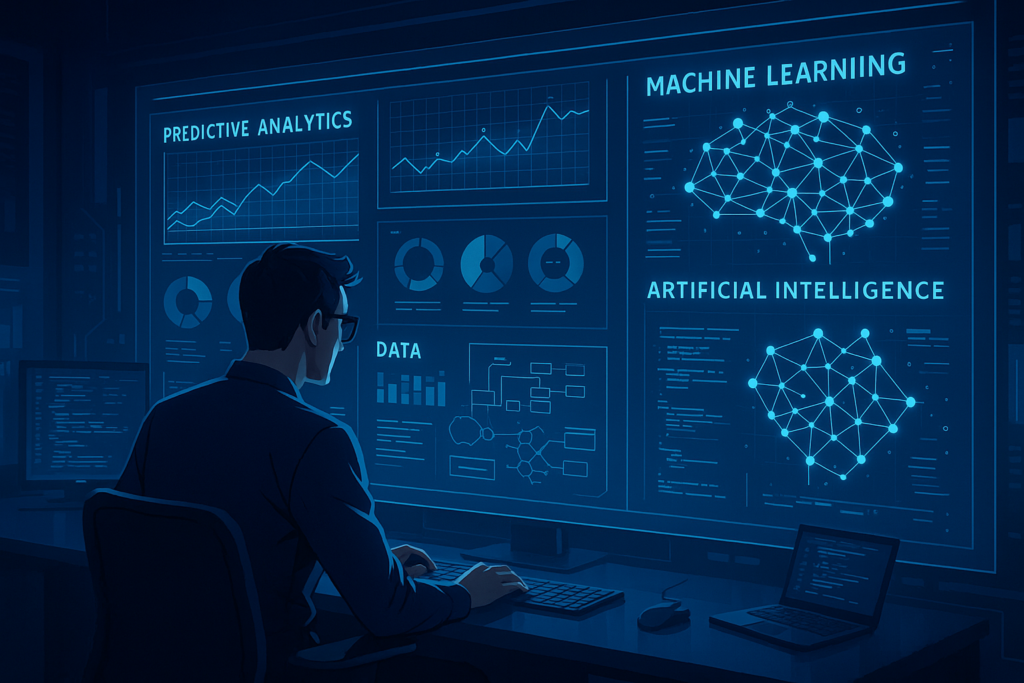
Moreover, advanced machine learning platforms are increasingly adopting explainable AI methodologies, allowing users to understand the decision-making processes behind predictions. This transparency is crucial for complying with regulations and building trust in AI systems. In industries such as finance, healthcare, and marketing, these platforms are effectively reshaping operational practices, demonstrating their essential role in the modern data ecosystem.
Top AI Tool #2: AI-Powered Content Creation Tools
As we progress into 2025, AI-powered content creation tools are transforming the landscape of digital marketing and media. These innovative solutions not only streamline the content production process but also enhance creativity and efficiency for content creators and marketers alike. Advanced algorithms and machine learning capabilities enable these tools to generate high-quality written content, create engaging videos, and facilitate aesthetically pleasing designs.
Among the frontrunners in this domain is OpenAI’s ChatGPT, which provides a robust platform for automated writing. Its ability to understand context and generate coherent, relevant text facilitates the rapid creation of blog posts, social media updates, and marketing copy. This not only saves time but also allows content creators to focus on higher-level strategizing rather than getting bogged down in routine writing tasks.
In the realm of video content, platforms such as Lumen5 are redefining the way creators approach visual storytelling. By leveraging AI, Lumen5 automatically converts textual content into captivating video presentations complete with voiceovers, images, and music. This tool is particularly beneficial for marketers striving to enhance their brand’s online presence, as video content continues to dominate user engagement metrics.
On the design front, tools like Canva have integrated AI functionalities to aid users in crafting visually stunning graphics with ease. Utilizing templates and smart design suggestions, Canva empowers individuals with little to no design experience to produce professional-standard visuals. This democratization of design tools significantly benefits content creators who need to generate eye-catching materials for their brands.
The implications of these AI-powered content creation tools are profound, shaping the future of marketing and digital communication. As more brands recognize the value of efficiency and creativity provided by these technologies, the traditional boundaries of content creation continue to evolve, paving the way for innovatively curated online experiences.
Intelligent Virtual Assistants
As we approach 2025, intelligent virtual assistants have evolved significantly, becoming indispensable tools in both personal and professional environments. These advanced AI systems are designed to understand and engage in natural language conversations, allowing them to assist users with a wide range of tasks effectively. From managing calendars and scheduling appointments to providing customer support and retrieving information, intelligent virtual assistants have streamlined workflows and enhanced productivity.

One notable development in this arena is the increasing ability of virtual assistants to learn from user interactions, thereby personalizing experiences and improving their functionality over time. These intelligent systems utilize advanced algorithms and machine learning to adapt to individual preferences, ensuring that tasks are handled more efficiently. For example, platforms like Google Assistant and Amazon’s Alexa have integrated features that enable them to control smart home devices, play music, and even provide real-time updates on traffic conditions.
Additionally, in professional settings, intelligent virtual assistants are now commonplace in customer service environments, handling routine inquiries, troubleshooting issues, and gathering valuable data for businesses. For instance, companies have adopted AI-driven chatbots that can simulate human conversation, making it easier to interact with customers while significantly reducing response times. This advancement is a testament to how intelligent virtual assistants not only respond to queries but also analyze user interactions to provide better recommendations and solutions.
Furthermore, the incorporation of voice recognition technology has made these assistants more accessible, allowing users to engage with them hands-free. With continuous improvements in natural language processing and contextual understanding, the capabilities of intelligent virtual assistants will only expand in the coming years. As they become more adept at understanding the nuances of human communication, they will undoubtedly play a critical role in both personal and industry-focused activities.
AI for Data Security
As we progress into 2025, the importance of data security continues to escalate, driven by the rapid digital transformation across various sectors. Organizations are increasingly reliant on technology, which results in a higher volume of sensitive information being generated and stored. Consequently, the rise in cyber threats necessitates the implementation of advanced security measures. Here, Artificial Intelligence (AI) emerges as a pivotal tool in enhancing data protection strategies.
AI plays a crucial role in detecting and neutralizing potential threats before they can exploit vulnerabilities. AI-powered security tools utilize machine learning algorithms to analyze vast amounts of data and identify patterns indicative of malicious activities. These systems are capable of discerning anomalies and flagging suspicious behavior that may go unnoticed by human analysts. For example, tools such as Darktrace employ unsupervised learning to create a dynamic baseline of normal network behavior, allowing them to quickly spot deviations and respond in real time.

Moreover, AI technology supports automated responses to security incidents, significantly reducing response times and minimizing potential damage. Solutions like CrowdStrike leverage AI to provide endpoint detection and response (EDR), ensuring that any detected threats can be promptly mitigated. This proactive approach to cybersecurity not only enhances defense mechanisms but also alleviates the burden on IT teams, allowing them to focus on strategic initiatives rather than merely reacting to threats.
In addition to threat detection and automated responses, AI tools can analyze security data to uncover insights that inform broader security strategies. By integrating AI into security operations, organizations can enhance their overall risk management and resilience against the multitude of digital threats that proliferate in today’s landscape. The adoption of AI for data security is becoming ubiquitous, making it an essential aspect of any comprehensive cybersecurity strategy in 2025.
Integrating AI Tools into Business Workflow
As businesses increasingly recognize the benefits of artificial intelligence (AI), effectively integrating AI tools into existing workflows has become essential for maintaining competitiveness. The process begins with a thorough assessment of business needs. Organizations must identify specific areas where AI can drive efficiency, enhance productivity, or improve decision-making. Evaluating current processes to discover bottlenecks or inefficiencies will provide clarity on where AI integration is most beneficial.
Once organizations have pinpointed the areas for improvement, selecting the right AI tools is crucial. This selection should be driven not just by the latest technological trends but also by alignment with the company’s objectives and capabilities. Businesses should consider factors such as ease of use, scalability, and integration capabilities with existing systems. Engaging cross-functional teams during this selection process ensures that all perspectives are considered, facilitating a smoother integration.
Another critical component involves preparing staff for the transition. Training is paramount to equip employees with the necessary skills to utilize new AI tools effectively. Tailored training programs can help staff understand how to interact with AI systems and interpret their outputs. Integration efforts may face resistance; addressing this through clear communication about the advantages of AI can motivate staff to embrace change rather than approach it with apprehension.
Common challenges such as data privacy concerns, system incompatibility, and resistance to change can hinder the integration of AI. To overcome these obstacles, businesses should foster a culture that values innovation and adaptability. Regular updates and feedback loops can also help adjust the integration strategy as needed. By taking these steps, organizations can ensure a seamless transition that enables them to fully leverage AI’s potential in their workflows. A thoughtful integration approach can lead to increased efficiency and foster a data-driven culture across the organization.
Ethical Considerations of AI Tools
The rapid adoption of artificial intelligence (AI) tools in various sectors raises critical ethical considerations that must be addressed to ensure responsible use. One prominent concern revolves around bias in AI algorithms. These biases can emerge from the data sets utilized during training, which may inadvertently reflect societal inequalities and stereotypes. As such, AI tools may perpetuate and even exacerbate these biases when deployed, impacting outcomes in areas such as hiring, law enforcement, and lending. Recognizing this challenge, it is imperative to implement rigorous methodologies to identify and mitigate bias, ensuring that AI systems operate fairly and equitably.
Another significant ethical issue surrounding AI tools pertains to data privacy. The collection and processing of vast amounts of personal data by AI systems can lead to breaches of individual privacy if proper safeguards are not in place. As businesses harness AI to improve services and customer experiences, they must prioritize data protection. Establishing clear protocols for data management, consent, and transparency in how data is utilized can help uphold individuals’ rights and foster trust in AI technologies.
Additionally, the impact of automation driven by AI on employment cannot be overlooked. While AI tools can enhance productivity and efficiency, there is a growing concern regarding job displacement. Various industries may face significant shifts in workforce requirements as AI takes over repetitive and routine tasks. It is essential to engage in discussions around upskilling and reskilling employees to prepare them for new opportunities that arise due to AI innovations. Addressing these employment challenges in a proactive manner will help to create a more equitable transition into the future job landscape.
In conclusion, the ethical considerations of AI tools are multifaceted, encompassing biases, privacy issues, and employment impacts. Advocating for the responsible development and deployment of AI systems, alongside comprehensive ethical frameworks, is crucial in fostering a technology landscape that benefits all stakeholders involved.
Future of AI Tools Beyond 2025
The landscape of artificial intelligence is poised for remarkable evolution beyond 2025, driven by rapid technological advancements, emerging consumer demands, and persistent challenges that must be addressed. As we venture into this future, we can expect AI tools to become increasingly sophisticated, providing enhanced capabilities that empower both businesses and individuals across various domains. Advancements in machine learning, natural language processing, and computer vision are likely to revolutionize how these tools assist users in decision-making processes and daily tasks.
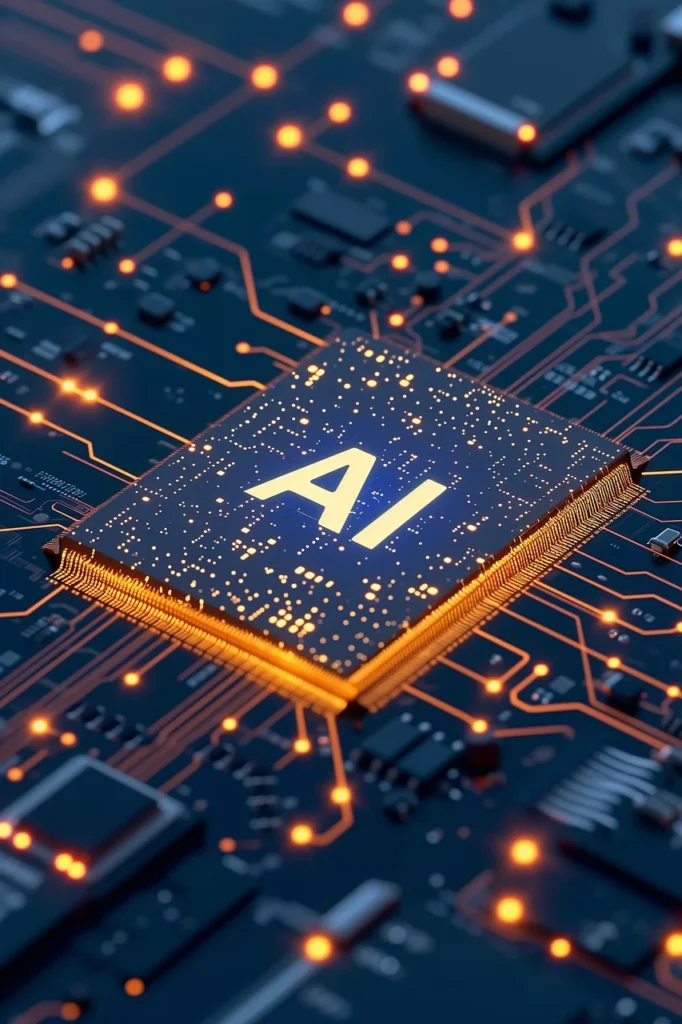
One significant area of growth will be the expansion of AI tools into personalized applications. Future devices and platforms may use advanced algorithms to offer user-specific insights and recommendations, fostering a more intuitive and customized interaction. This personal touch could fundamentally change how organizations engage with their customers, leading to more efficient service delivery and improved customer satisfaction. These developments will also necessitate stringent ethical guidelines to ensure responsible usage of data and algorithms.
However, the advancement of AI tools will not be devoid of challenges. Privacy concerns, cybersecurity threats, and regulatory hurdles will require constant vigilance and adaptability within both the technological landscape and its governance. As users of these tools, individuals and organizations must advocate for transparent practices and contribute to the discourse surrounding responsible AI deployment. Furthermore, keeping pace with evolving skills and knowledge is essential. Continuous learning will be vital for professionals to leverage these cutting-edge AI tools effectively.
In conclusion, the future of AI tools presents exciting opportunities combined with considerable responsibility. By fostering an adaptable mindset and embracing the changes ahead, users can significantly contribute to shaping the AI landscape of the years to come.
Top AI Tools You Need to Know in 2025: Revolutionizing Industries and Enhancing Efficiency
As we approach 2025, AI tools are becoming more essential than ever, with industries like healthcare, finance, and marketing seeing huge transformations. Machine learning platforms such as TensorFlow and PyTorch are making it easier for businesses to analyze vast amounts of data and make smarter decisions. These tools are helping companies with everything from processing images to understanding human language, making them invaluable for today’s fast-paced digital world.
AI is also shaking up the content creation game. Tools like OpenAI’s ChatGPT are changing how companies produce written content, allowing for quick, high-quality output. This not only saves time but also gives content creators new ways to connect with audiences and keep them engaged.
But, as AI tools become more powerful, it’s important to keep an eye on the ethical side of things. With AI processing so much personal data, privacy concerns are rising. The European Commission’s guidelines emphasize the need for AI to be transparent and fair, ensuring that it’s used responsibly and that users’ privacy is protected. As these technologies keep evolving, it’s crucial for professionals to stay informed about both the potential benefits and the ethical challenges that come with AI.



